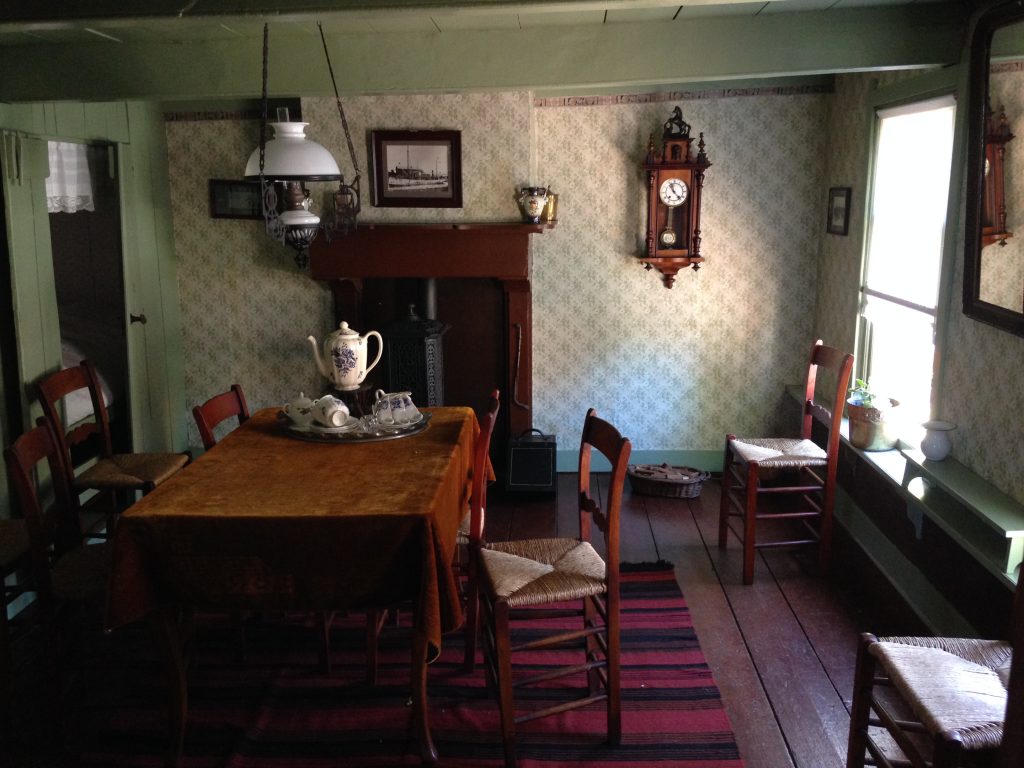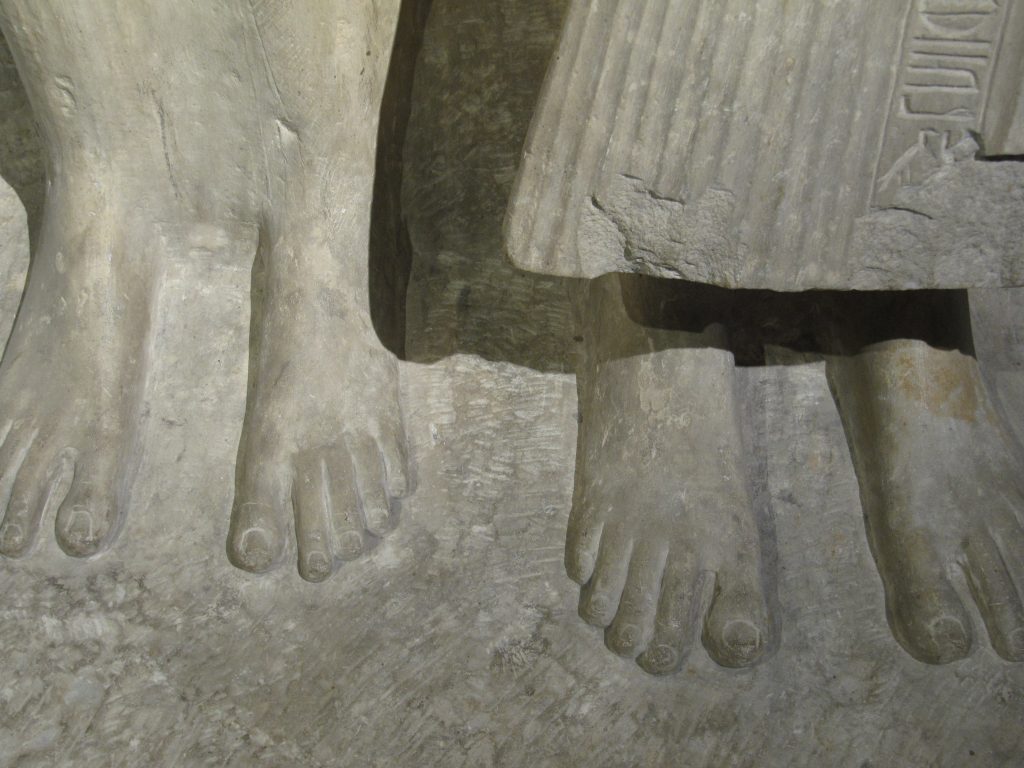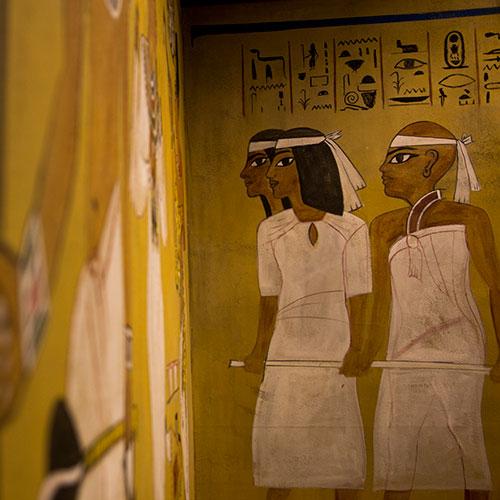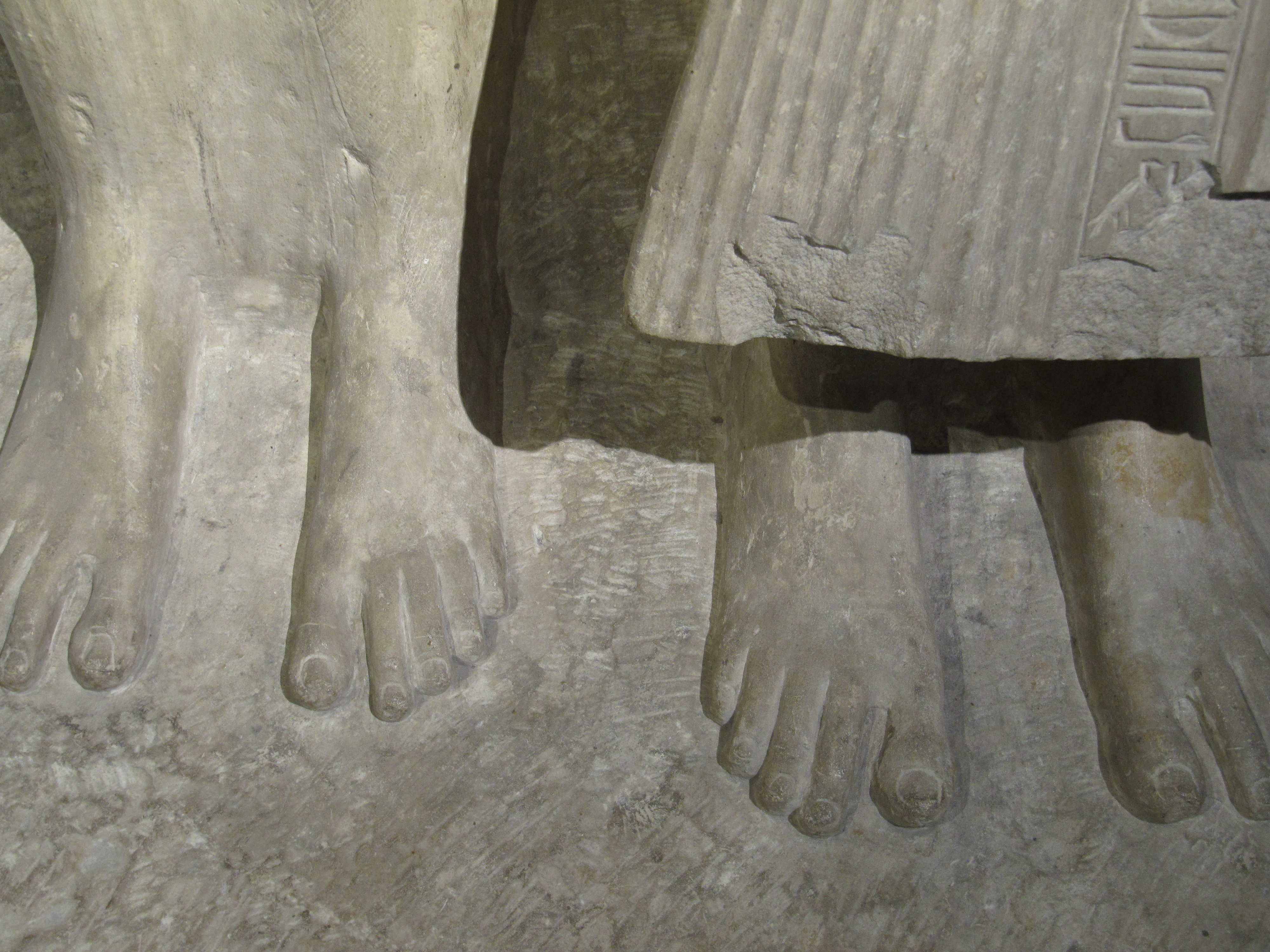I’m looking for a new job. Actually I’ve never considered what kind of job that ought to be, as I always assumed I’d do a PhD first and worry about jobs later. But lately I’ve been talking to a lot of people about the work they’re doing and what they enjoy about it, to get a better idea of what is out there. Also, casually dropping my resume here and there. Museums seem to reply most kindly to my queries. One museum told me I ‘fit the profile perfectly’, but their positions were filled up for the season. After six months of working at a publisher, in a commercial environment, with very nice, perfectly normal colleagues (as in: no crazy passions for ancient stuff), but unfortunately also in an office jungle in one of the most depressing towns in the Netherlands, it’s time for a change and a challenge.
So this blog post is about museums, and why we love them, and how we can make others love them too. The first museum I can remember is the Zuiderzeemuseum (‘Southern Sea Museum’) in Enkhuizen, a name I couldn’t pronounce when I was little. It’s an open air museum exhibiting lots of houses and crafts from the time of before the Afsluitdijk (enclosing dyke) that turned the Zuiderzee into the IJsselmeer. My dad built his own campervan and our family often spent weekends and summers at the campsite next to the museum, so I have photos of my tiny self in Old Dutch costume. The little houses with their bedsteads intrigued me to no end, and I ended up living in just such an old house in Leiden (no bedstead though – I’m claustrophobic).

Wouldn’t you want to live here? (Not my house, but similar)
From my first visit to the Rijksmuseum van Oudheden (National Museum of Antiquities) in Leiden, I distinctly remember the child mummy that is currently not on display due to concerns of ‘mummy ethics’. I find that children are usually intrigued by mummies and not in the least upset or scared. It is a sort of inborn curiosity that makes us wonder about death, before we are taught to evade the subject. Another time I visited, I must have been around 13, there was the great Pharaohs of the Sun exhibition, exhibiting the massive busts of Akhenaten. By that time I was convinced I would study Egyptology, and a poster of the statue of Maya and Merit hung above my bed for years.
One of these instances was a school outing, and schools play a major role in introducing children to museums. The RMO now offers so called interactive tours to school classes among others, and I’ve had the chance to give a few of these. It’s amazing what children come up with if you just point them in the right direction and ask them what they see. In the tomb chapel of Hetepherakhty, they notice that the tomb owner is depicted on a much larger scale, that hieroglyphs can be written both ways, they recognize symbols, notice remains of color on the walls. At the statue of Maya and Merit, they comment on the clothing and wigs of the pair, conclude that they must have been wealthy and important, notice their feet are bare, and that there is space between their big toes because they were used to wearing sandals.

See?
But what about people and places with bad access to museum collections? A very sweet initiative is Museum in a Box, which uses very simple materials, 3D printed objects, postcards and an internet connection to make interacting with museum objects more tactile and less screen-based. Annelies Van de Ven, who visited us in Leiden to 3D scan several cuneiform tablets (look at one of the models here) told me how she had used Museum in a Box to present home-made 3D printed shabtis to school children in the Australian outback. On their website, the startup invites audiences to create their own Museum in a Box and engage in new conversations about ancient objects, challenging cultural ownership.
Another great initiative to promote inclusivity is Multaka: Museum as Meeting Point – Refugees as Guides in Berlin Museums. In this project (‘Multaka’ being Arabic for ‘meeting point’), Syrian and Iraqi refugees are being trained as museum guides so that they can provide guided tours for an Arabic-speaking audience. There are plenty of Moroccan grandparents living in the Netherlands who hardly speak Dutch. What if they started visiting museums with their grandchildren, being addressed in their native language? So far, the Tropenmuseum in Amsterdam is most active in engaging this audience.
A museum should also be an interesting place for the visually impaired. The British Museum is offering special Touch Tours, employing large print, tactile drawings, information in braille and audio. With 3D printing getting easier, why not make replicas of important pieces in materials that resemble the real deal? The only escape room I ever played (and escaped from, mostly thanks to my trained colleagues) was a replica of the tomb of Tutankhamun, very sweetly and expertly crafted by a hobbyist, with great puzzles, none of which were those boring numeric codes. The first puzzle was sound-based, where a sequence needed to be recreated by pressing buttons on the wall. How awesome would an exhibition space be for the visually impaired, based entirely on sound and touch? Or better even, include smell and taste? Engage all possible senses to experience ancient Egypt?

The Egyptian-themed escape room in Alphen, of all places
One more great idea I’d like to mention is to make museums and galleries more autism-friendly. Even I sometimes get migraine in the echoing Afterlife hall of the RMO. This page invites children and adults with autism to visit on quiet mornings or outside of hours, and offers special school workshops. From a family member I know that tactility is also an important aspect for people with autism (as well as strict rituals and lack of excitement), and that great engagement can be obtained by children with autism spectrum disorder excavating animal bones from a sandbox and hugging with taxidermy specimens (the latter not entirely according to plan).
So there, a few ideas about inclusivity and my first blog post on museums. Next time I want to talk about how people interact with objects in museums. Do they even read the signs? Why does everyone want to touch (or step into) the sarcophagus of Ahmes? Should we have more or less screens in museums? And what are the pros and cons of AR and VR in a museum context?
Thanks for reading and if you have any other great ideas, please leave a comment below.
